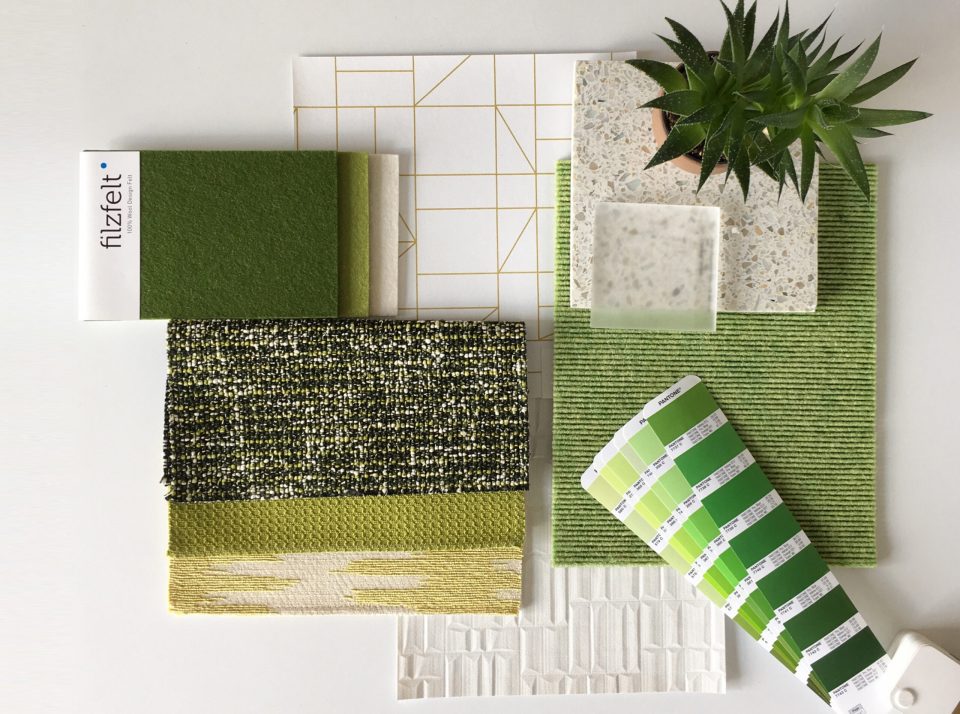Toxins are omnipresent. They permeate the air we breathe, the water we drink, and the food we consume. The issue is that these toxins can significantly harm our health when accumulated in our bodies over time. The best way to evade these toxins is to exclude them from our homes, implying the elimination of all synthetic materials from our interior decor. But this doesn’t entail sacrificing style for safety! Quite the contrary, there are numerous ways to aesthetically enhance your home without resorting to chemicals or pesticides. Here are three non-toxic materials that could be incorporated into your interior design.
1. Wood: Wood is an excellent choice as it’s a renewable resource that can be locally sourced, mitigating concerns about long-distance shipping. It’s also versatile and available in numerous varieties, providing ample choices when deciding which one to use. For instance, cedar naturally resists insects, reducing the worry about termite damage. It also emits a pleasing aroma that keeps your space smelling fresh throughout the year. Cedar is not only attractive but also robust enough to endure for years without requiring any maintenance. This means it’s likely to maintain its appearance longer than other types of wood, as it’s less susceptible to pest or weather damage over time – saving you future repair costs!
2. Leather: If you’re in search of durable, stylish furniture, leather is one of the top choices. It’s easy to maintain and comfortable to use. Leather is resilient and versatile in its applications in your home, suitable for sofas, chairs, ottomans, and more. Its color variety is also versatile, with many shades that can complement any home decor style. You can choose from a range of styles, including Japandi, contemporary, or minimalist, based on your preferences and requirements. Leather furniture doesn’t cost significantly more than its fabric counterparts, offering great value for money. Leather has numerous advantages over other materials like wood or metal, such as being lighter, making it easier to move if needed, an important factor if you’re constrained by space in your home!
3. Bamboo: Bamboo is another favored choice due to its lightweight and ease of manipulation when crafting furniture pieces like chairs or tables. The only prerequisite before utilizing bamboo in your project is ensuring it has been treated to remove any harmful chemicals like formaldehyde resins (which can cause cancer). Bamboo is a versatile material suitable for a variety of projects. It’s an ideal choice for those committed to making their homes eco-friendly by using recycled materials in their projects while maintaining their desired aesthetics. It’s also suitable for those with limited space since bamboo grows rapidly and can be harvested every few years without harming the plant.
Conclusion: We’ve highlighted three non-toxic materials ideal for interior design and decoration. All of them require minimal maintenance and are easy to care for. The best aspect is their easy availability and wide range of styles. So if you’re seeking comfortable and durable materials that are not harmful to your health, keep this article handy and incorporate these materials into your home.

